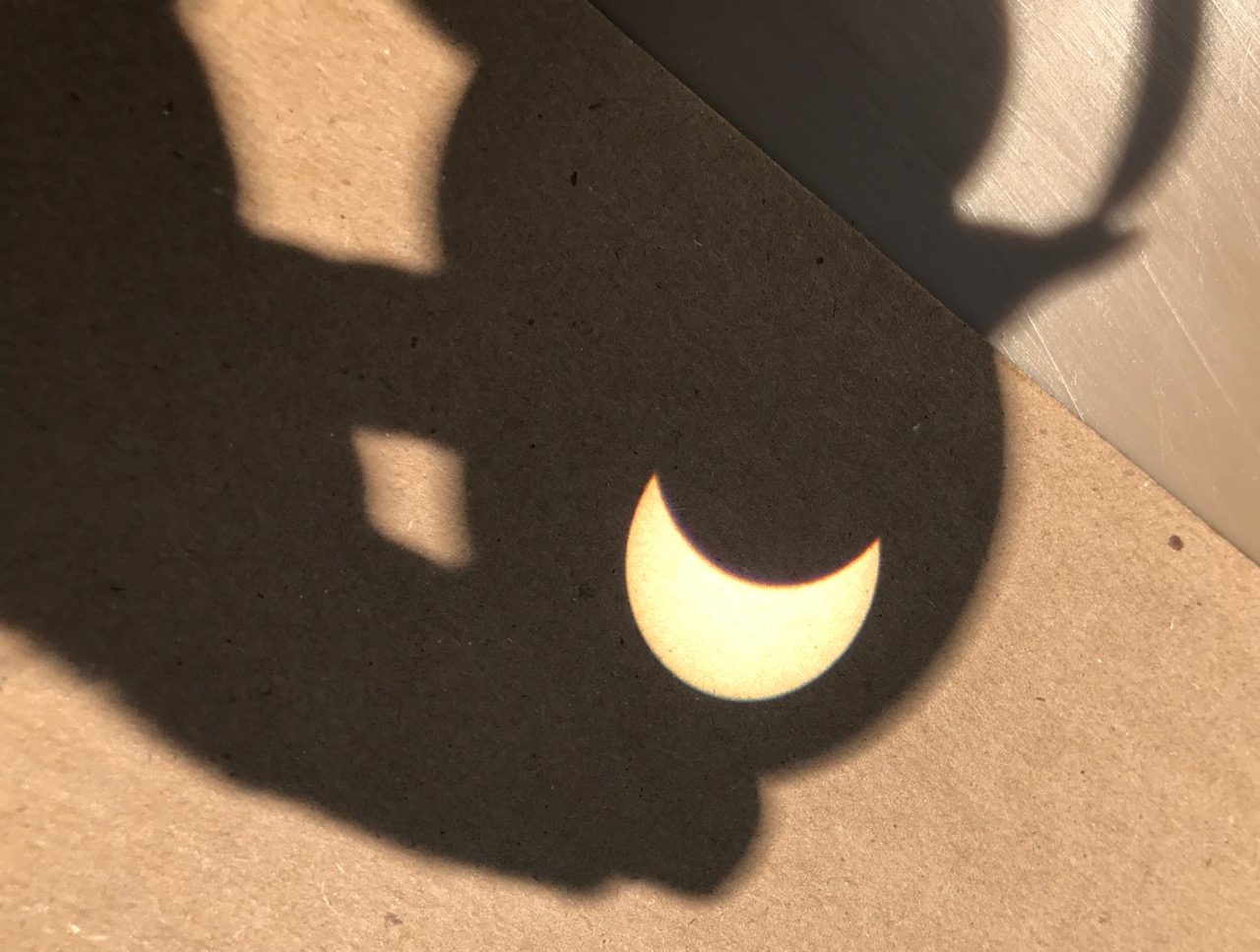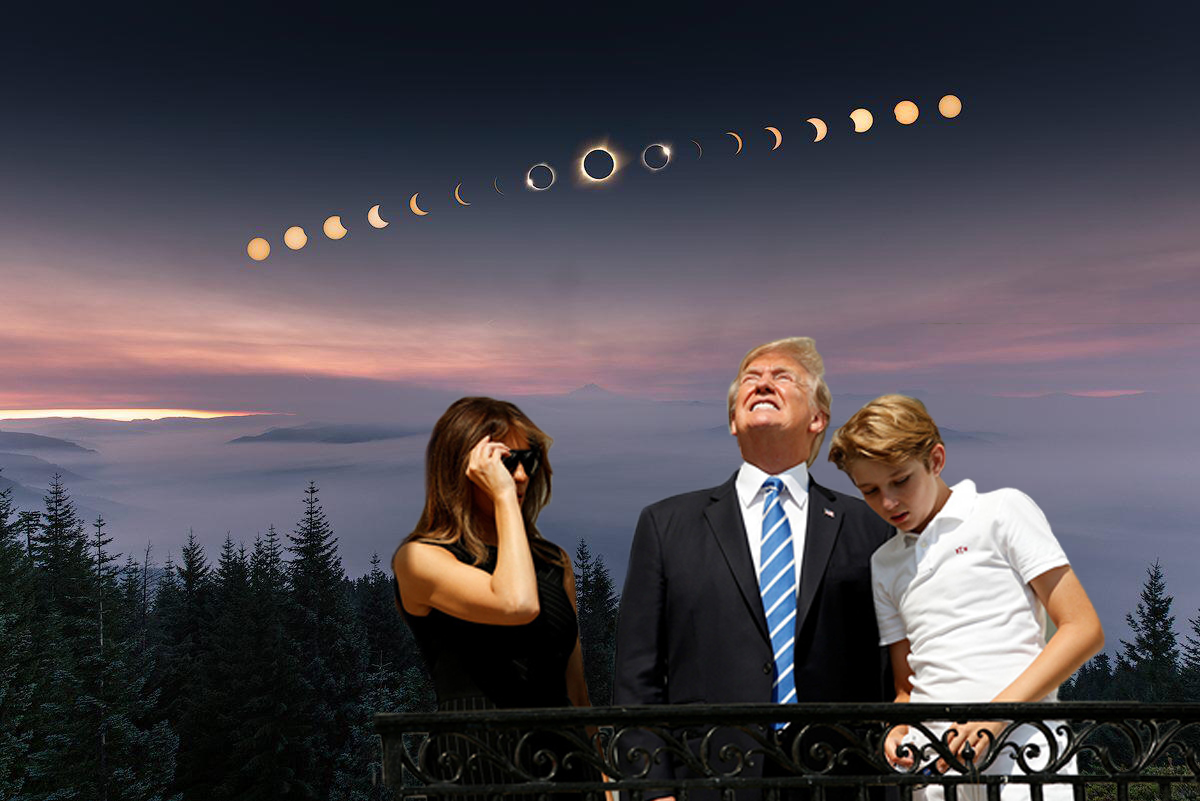marcr1230
Well-known
So it looks like I going to see the eclipse on July 2 in Argentina
I’ve read a couple very good posts on eclipse shooting
I have one E-M1.2 body, a 7-14/2.8 and 40-150/2.8
I was thinking about setting up the wide angle and doing a time lapse
The sun will be low in the sky, I’ll need to confirm how low but pretty low as the eclipse occurs just before sunset in Buenos Aires
I will be west of there, a town called San Juan Argentina , east of the Andes
( I think)
I could rent or buy a second body - use it with the 40-150, or even obtain a 300/4.0
I have Baader Astro filter polymer on the way
I’ve never shot an eclipse before
What’s the crowd’s experience and suggestions?
I saw the eclipse in Nashville in 2017, it was spectacular
Thanks
I’ve read a couple very good posts on eclipse shooting
I have one E-M1.2 body, a 7-14/2.8 and 40-150/2.8
I was thinking about setting up the wide angle and doing a time lapse
The sun will be low in the sky, I’ll need to confirm how low but pretty low as the eclipse occurs just before sunset in Buenos Aires
I will be west of there, a town called San Juan Argentina , east of the Andes
( I think)
I could rent or buy a second body - use it with the 40-150, or even obtain a 300/4.0
I have Baader Astro filter polymer on the way
I’ve never shot an eclipse before
What’s the crowd’s experience and suggestions?
I saw the eclipse in Nashville in 2017, it was spectacular
Thanks














